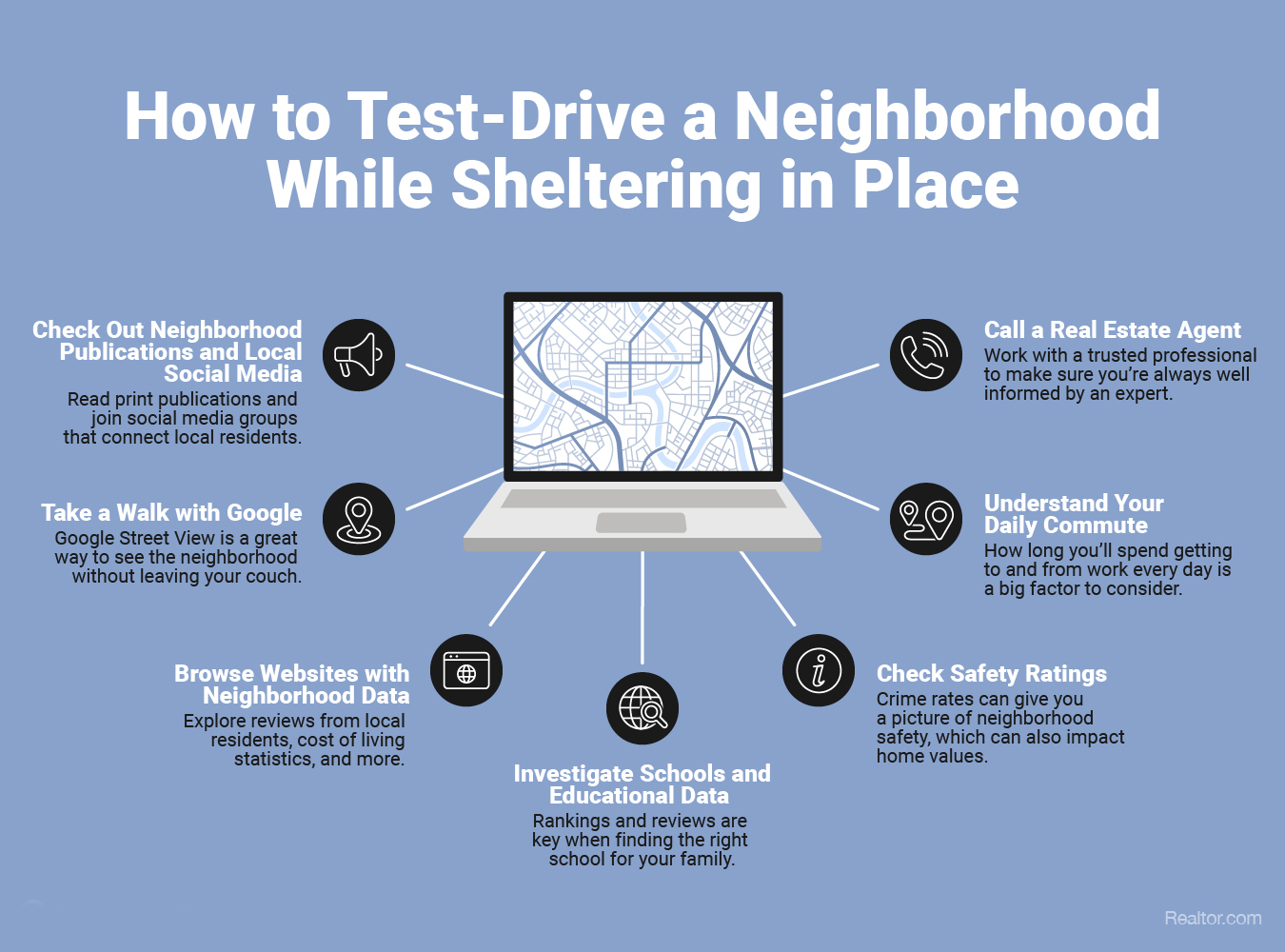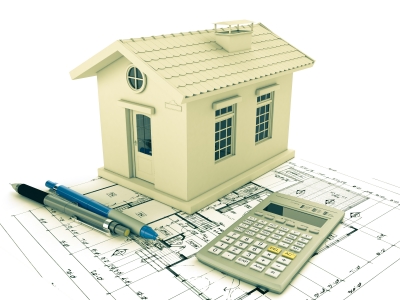Real Estate and Covid-19 Part 5

Procedures for Real Estate, How Covid-19 has Changed the Experience of Selling Real Estate
By Erin Wright and Christina Waterhouse
What challenges do sellers face when putting their house on the market? How can sellers help create a safer environment for showings? This week we continue to focus on the challenges that are currently being faced by buyers and sellers transacting real estate and how our local market has responded to those challenges to make the process safer and easier.
The Seller Process During Covid-19
Selling a house is always a stressful time, add a worldwide pandemic and it can seem overwhelming. However, speaking with an agent can help increase preparedness and reduce stress.
Before Going on the Market
The first step is always getting the house ready for the market. Although it is fun to watch a house makeover in real time, it is best to avoid being home during this part of the process. Allow the landscapers, stagers, and photographers to focus on making the house look its best instead of maintaining social distance standards. Also, if the agent does not offer it, have the house thoroughly cleaned and disinfected by a professional right before going on the market.

A virtual floor plan and virtual tour of a property can help limit showings to only those buyers that the home is a good fit for.
Virtual and Paperless Marketing
The house is ready for the market. Work with the agent to give as many details about the house as possible to put into the MLS. This is a great time to have room measurements and amenities added. Virtual tours and floor plans allow perspective buyers to get a good idea of the house before a showing. Have a sturdy, permanent flyer attached to the sign post in lieu of paper flyers. I love a good flyer and being able to take one, but now is not the time to have lots of hands on pieces of paper being passed out to the public. If brochures are used inside of the house for showings, only put out one at a time prior to the showing.
Being Prepared for a Showing
Limit showings to pre-approved buyers only. This will minimize the number of people in the home. The buyers who do see the home will be the serious ones. Try to not be home for the first five days on the market. This allows buyers easier access and makes it easier to clean when you return. Have all lights on and doors open for a showing. This minimizes how many surfaces are touched inside of the home. Be prepared for showings to take longer since not everyone in a group can see the house at the same time. The agent should be providing ample shoe covers to be used inside. Place them by the front door. The best practice right now is to have buyers use the shoe covers and take them after the showing. Single use shoe covers minimize touching. Consider placing hand sanitizer with a pump at the front door for people to disinfect upon entering and leaving the home.

Sanitizing frequently touched surfaces after a showing is a good idea when selling a home during Covid-19
Sanitize When Returning Home
Thoroughly sanitize common surfaces when returning home. Places to consider are cabinets, countertops, door handles, handrails, and light switches.
When first listing a home, this can be overwhelming. Consider making a checklist so the house is prepared for every showing and sanitized after. For more information on how to stay safe and what to expect as a seller in this market, please feel free to comment on this blog post or reach out to us directly.
As always, we welcome any questions you may have and are happy to offer advice.

 Facebook
Facebook
 Twitter
Twitter
 Pinterest
Pinterest
 Copy Link
Copy Link












